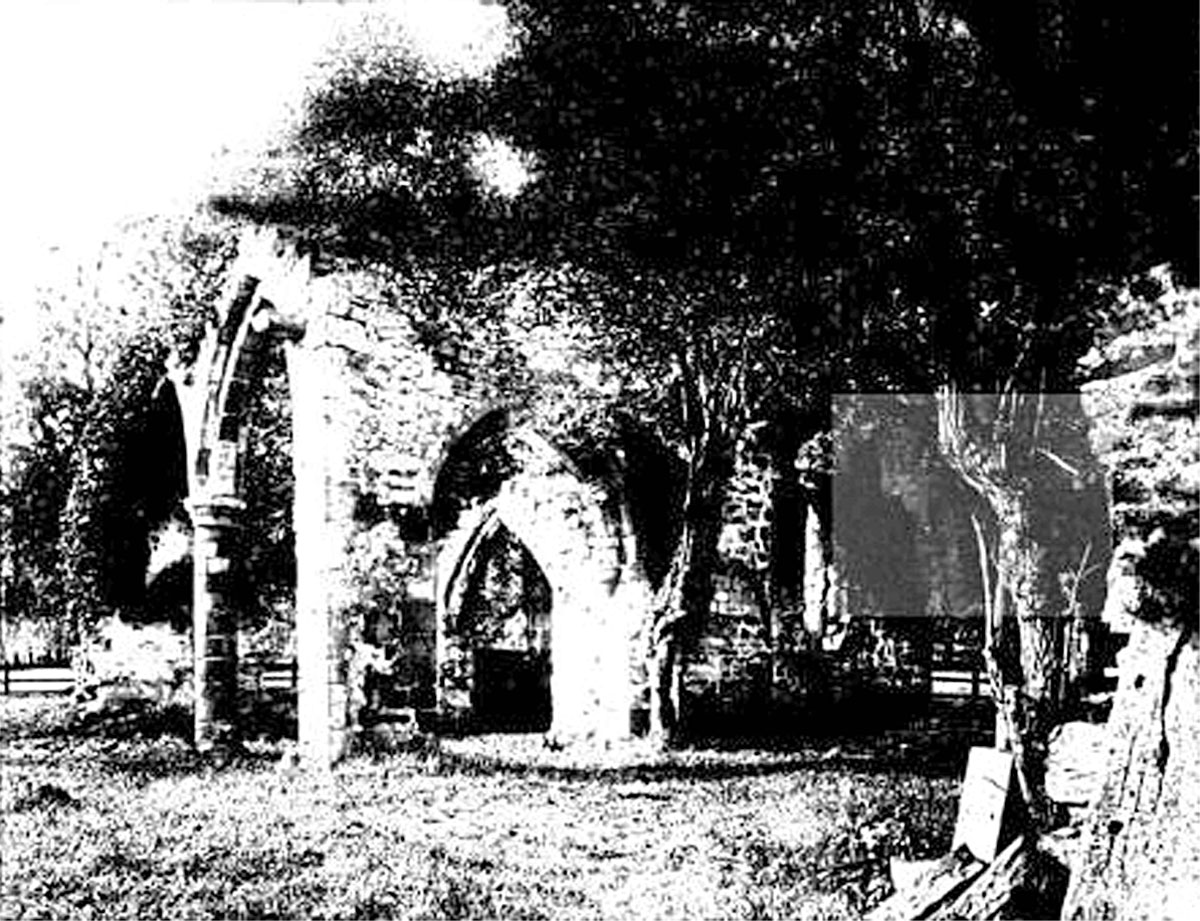|
Sockburn
Sockburn is a village and former civil parish to the south of Darlington in County Durham, England. It is situated at the apex of a meander of the River Tees, known locally as the Sockburn Peninsula. Today, all that remains of the village is an early nineteenth-century mansion, a ruined church and a farmhouse built in the late eighteenth century. Sockburn is best known for: * Important links with Lindisfarne and Celtic Christianity * The discovery of Viking Age hogbacks. * '' The Sockburn Worm '' , a ferocious wyvern that laid waste to the village. * Sockburn Hall, a 19th-century country house and a Grade II listed building. Governance Sockburn was once a larger parish. The ancient parish included the townships of Sockburn in County Durham, and Girsby and Over Dinsdale, both on the opposite bank of the River Tees in the North Riding of Yorkshire. In 1866 Girsby and Over Dinsdale became separate civil parishes. By 1961 the parish had a population of only 32. At the ... [...More Info...] [...Related Items...] OR: [Wikipedia] [Google] [Baidu] |
Sockburn Hall
Sockburn Hall is privately owned 19th-century country house at Sockburn, near Darlington, County Durham, England. It is a Grade II* listed building. As at 2008, both the Hall and adjoining Grade II coach house are listed by English Heritage on the Buildings at Risk Register, as is the adjacent ruined Grade I Church of All Saints. History The Manor of Sockburn was for many years in antiquity the home of the Conyers family, known, inter alia, for the legend of the Sockburn Worm. In the late 17th century the estate was purchased by the Blackett family. The present house was built to replace the old manor for the occupation of Henry Collingwood Blackett (third son of Sir William Blackett, 5th Baronet) in about 1834 in a neo Jacobean architecture The Jacobean style is the second phase of Renaissance architecture in England, following the Elizabethan style. It is named after King James VI and I, with whose reign (1603–1625 in England) it is associated. At the start of James' r ... [...More Info...] [...Related Items...] OR: [Wikipedia] [Google] [Baidu] |
